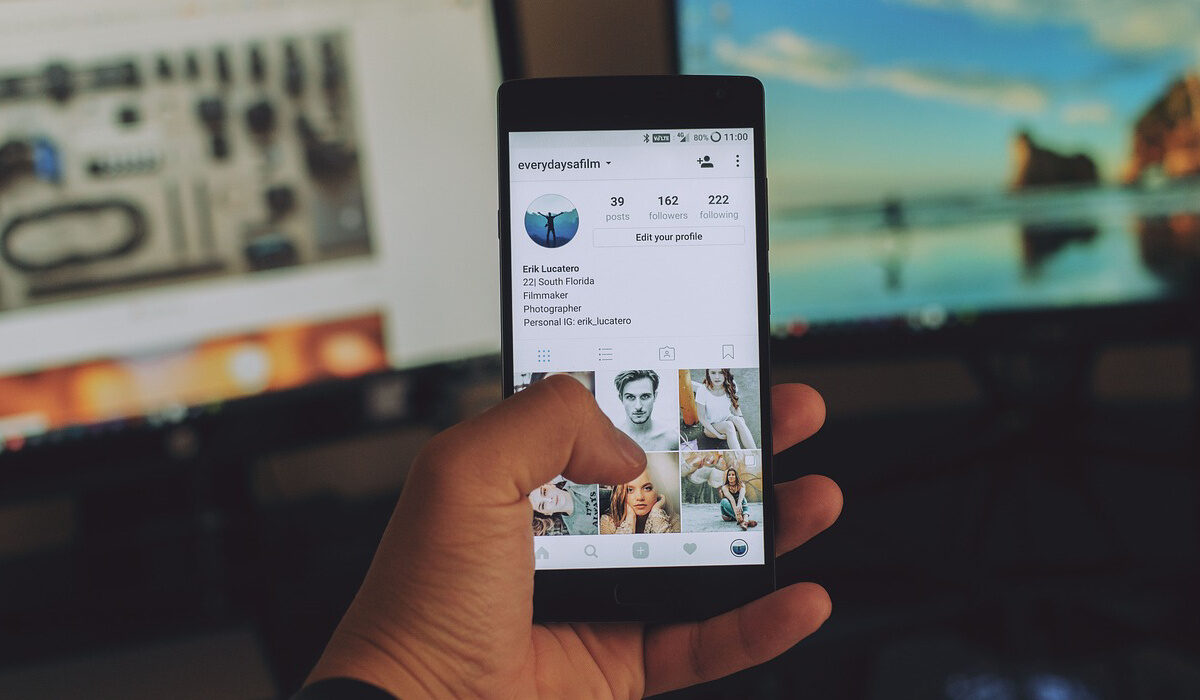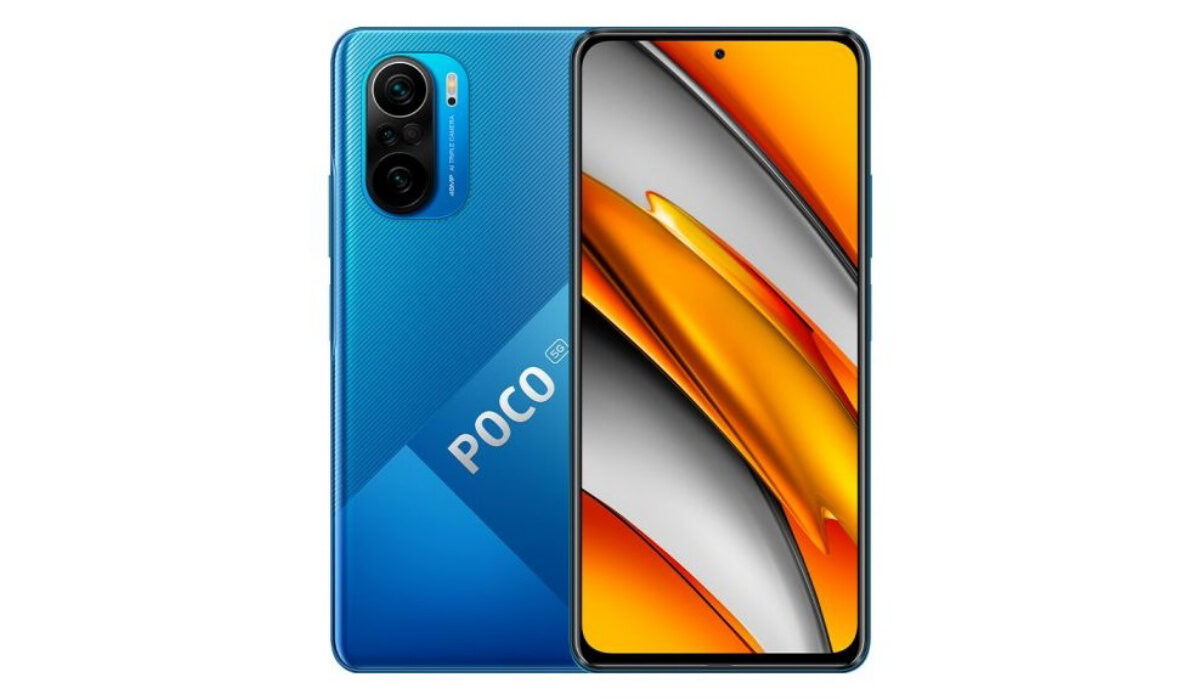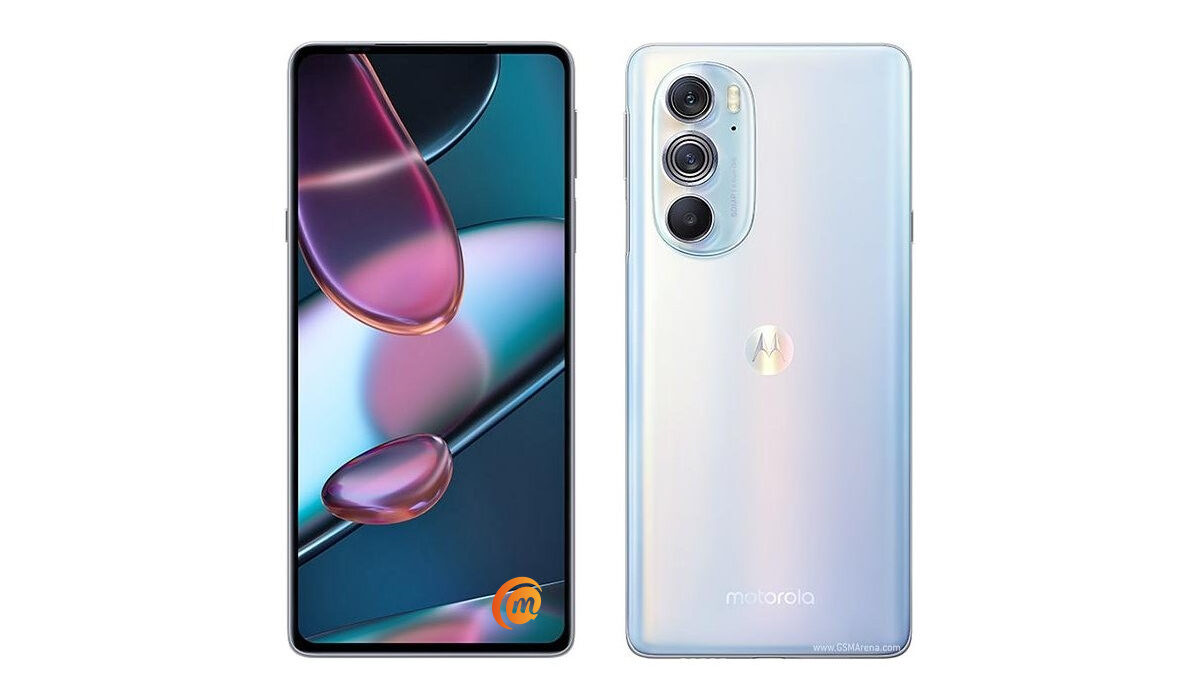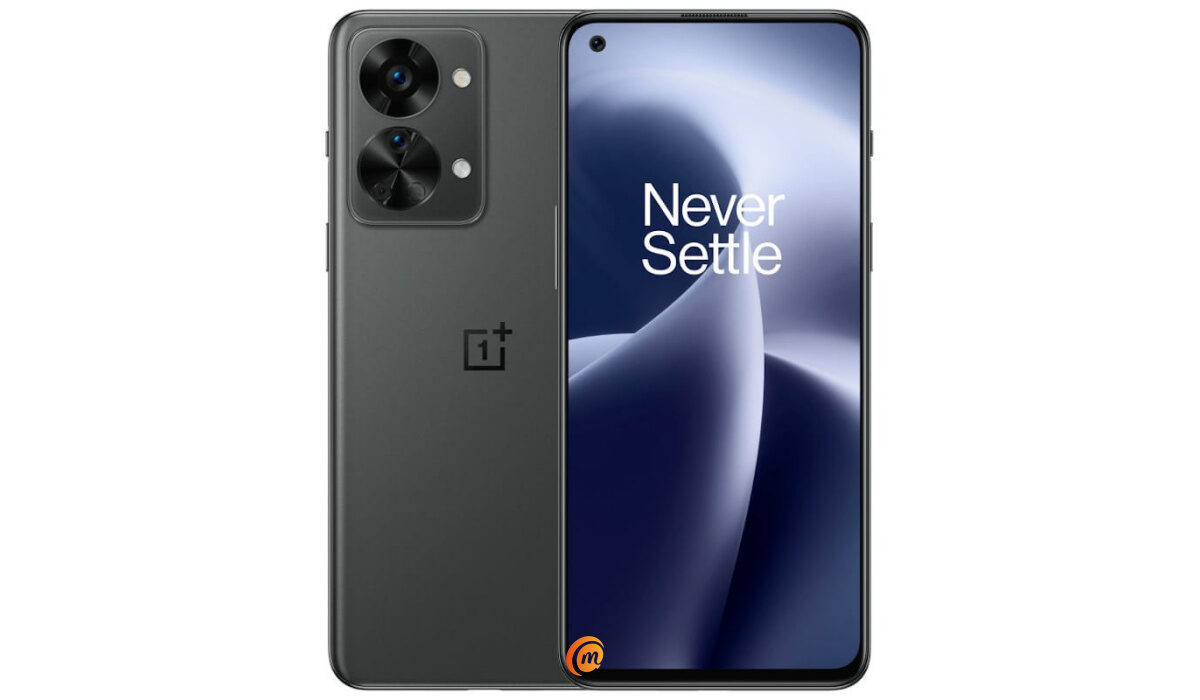You will find that flagship killers have flagship-grade chipsets, but sacrifice a few non-essential features like, IP rating, camera specs and performance, wireless charging, and build materials. The sacrifices in the camera and build materials are usually not significant, though, so you still get experiences as close to premium flagship level as can be. In all, the best mid-range smartphones that are classified as flagship killers are sweet deals that are often too good to be true.
Best Mid-range Smartphones That Provide Flagship Performance
Xiaomi Poco F3: The Poco F3 is the quintessential flagship killer. It is powered by a Qualcomm Snapdragon 870 chipset, and comes in three memory options – 6/128 GB, 8/128 GB, and 8/256 GB. To understand that, 6/128 GB refers to 6 GB RAM and 128 GB storage. It has a 6.67-inch AMOLED screen with 1080 x 2400 pixels resolution, Gorilla Glass 5 protection, 120Hz refresh rate, and HDR10+. Those specs are flagship-worthy. There is NFC, stereo speakers, and micro USB-C. Like most flagships, there is no 3.5 mm audio port. For power, it has a 4520mAh battery with 33W fast charging, which supposedly can top up the battery in 52 minutes max. The rear battery is a 48-megapixel unit, while the selfie camera is a 20-megapixel unit. And, surprise – while it is not a flagship, it has IP53 dust and splash resistance rating. How much does it cost? From US $300 for the base variant, to US $370 for the top one. Motorola Edge 20 Pro: Motorola’s flagship killer has the super looks and the specifications to match them. It is also powered by a Qualcomm Snapdragon 870 chipset, and comes in four memory options – 6/128 GB, 8/128 GB, 8/256 GB, and 12/256 GB. It is great to see that last variant, as that one will deliver even more flagship-class performance, especially with the smooth running of apps. The display is a 6.7-inch OLED panel with 1080 x 2400 pixels resolution, Gorilla Glass 5 protection, 144Hz refresh rate, and HDR10+. These are impressive specifications, people. There is NFC, and micro USB-C. It has no 3.5 mm audio port, though, and the loudspeaker is not stereo. The battery has, 4500mAh capacity and is coupled with 30W fast charging. The rear battery is a 108-megapixel unit, while the selfie camera is a 32-megapixel unit. While there is no official IP rating, Motorola says the body is water-repellent. If you want this Moto, it will set you back by as much as US $500 for the top variant. OnePlus Nord 2T: The Nord 2T is the slightly upgraded version of the Nord 2 5G, the latter itself a phone that is worthy of being on this list. The Nord 2T uses a Dimensity 1300 chipset and has two memory options – 8/128 GB and 12/256 GB. FYI, the Dimensity 1300 chipset matches the Snapdragon 870 in terms of performance, so don’t turn up your nose at it because it is a MediaTek product. It is the most compact smartphone on this list, with a 6.43-inch display with 1080 x 2400 pixels resolution, Gorilla Glass 5 protection, 90Hz refresh rate, and HDR10+ support. It has no 3.5 mm audio port, but the usual suspects are there – NFC, stereo speakers, and micro USB-C. What of the battery? We are looking at, 4500mAh capacity here (are these manufacturers copying one another for battery?). But when it comes to charging, the Nord 2T leaves the others in the dust with its 80W blazing fast charging. Expect to be able to go from 0 to 100% battery charge in 27 minutes flat. That is amazing. The camera specifications are nothing out of the ordinary for this class – 50 MP main lens at the back and a 32-megapixel lens for the selfie camera. If you are interested in buying the OnePlus Nord 2T, set aside $432 for the 8/128 GB variant and $699 for the 12/256 GB variant. Should you find the price too steep, OnePlus Nord 2 (without the T) is available with the same specifications, except for having a Dimensity 1200 chipset and 65W fast charging, for US $360 (8/128 GB) and US $425 (12/256 GB).
Don’t miss our reviews.Follow our news on Google News.Join our WhatsApp Group, to be notified of the most important articles and deals,Follow us on Instagram, Facebook, Twitter, and YouTube.



